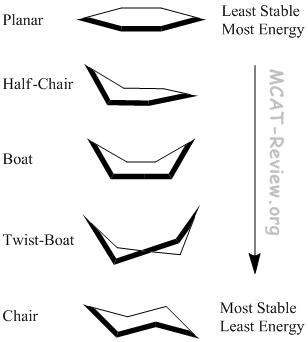The IUPAC (International Union of Pure and Applied Chemistry) system of naming is a set of logical rules used to eliminate problems caused by arbitrary naming. It's most important features include:
- The root or base which indicates the major chain or ring of carbon atoms found in the structure
- A suffix or other elements which designates the functional groups present in the compound
- Names of substituent groups that complete the molecular structure
On determining the major chain, one should first know the different terms used for differently numbered carbon chains.
code no. of carbon
meth 1
eth 2
prop 3
but 4
pent 5
hex 6
One should also familiarize himself/herself with the codes used when there is the presence of double bonds or single bonds.
code means
an contains only carbon-carbon single bonds
en contains a carbon-carbon double bond
Alkyl Groups
Members of alkyl groups are produced when you remove a hydrogen atom from members of a family of compounds called alkanes. For example, CH4 is called methane but upon removing one of its H atom, CH3 or methyl is produced.
Here's a table of functional group priorities for nomenclature.





